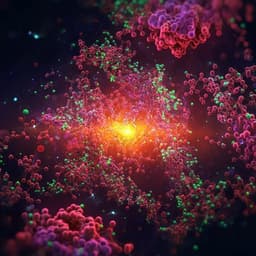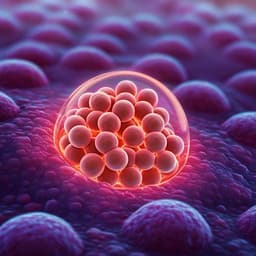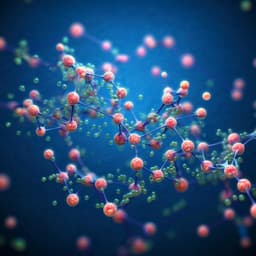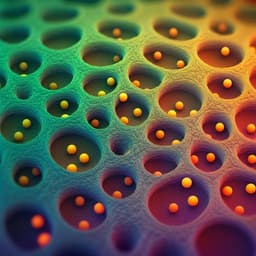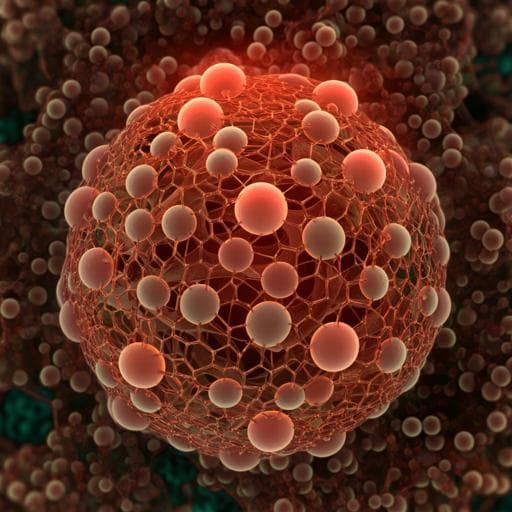
Medicine and Health
An instantly fixable and self-adaptive scaffold for skull regeneration by autologous stem cell recruitment and angiogenesis
G. Lu, Y. Xu, et al.
Discover an innovative scaffold that addresses cranial defect reconstruction challenges! Developed by Gonggong Lu and colleagues, this self-adaptive scaffold enhances bone regeneration, promotes macrophage polarization, and integrates seamlessly with the biological environment, achieving impressive bone cover in model tests.
~3 min • Beginner • English
Related Publications
Explore these studies to deepen your understanding of the subject.



